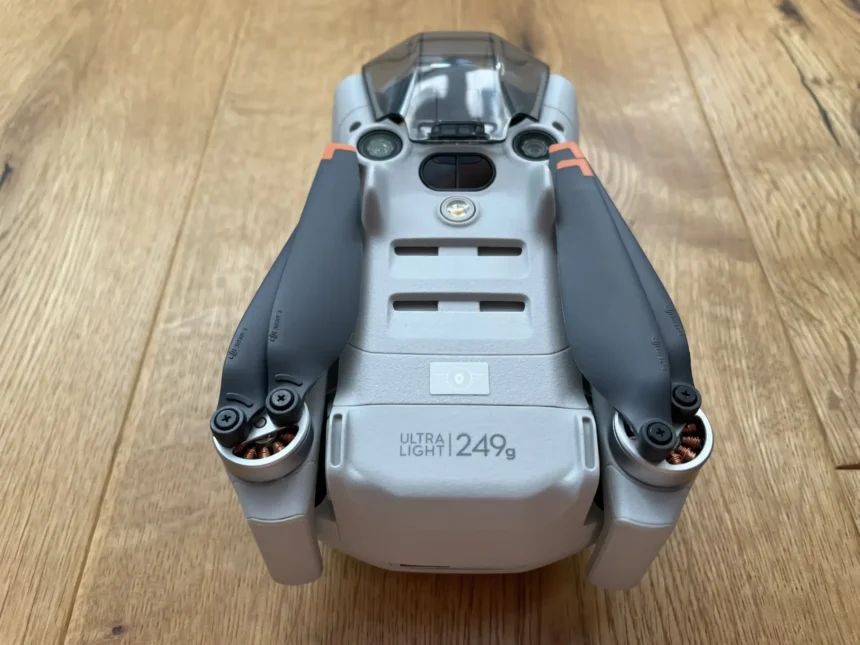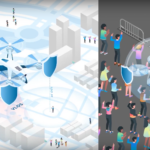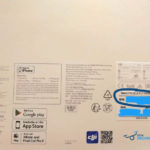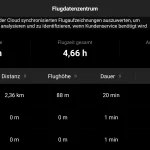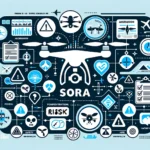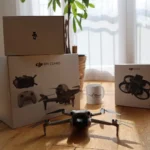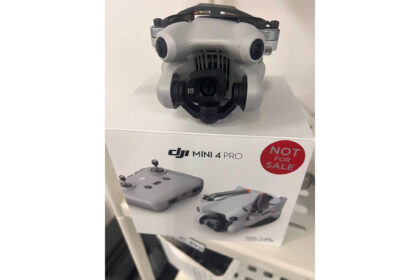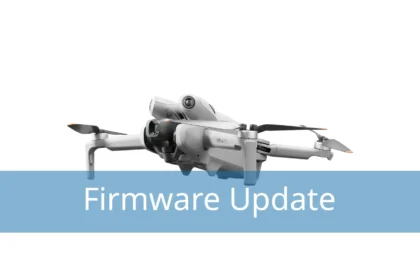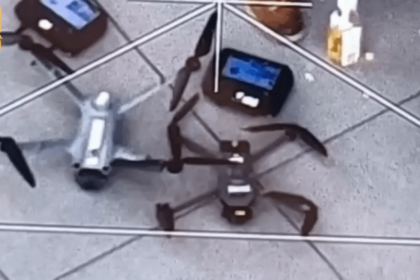A special feature of the DJI Mini 4 Pro is that it is available with both drone class C0 and C1. As a drone pilot, it is up to you which class you want to operate the drone with. We will show you the respective advantages and disadvantages and help you make a decision.
The categorisation of drones into different drone classes has a significant influence on the conditions under which you can use your drone. In the case of the Mini 4 Pro, you have the choice between class C0 and C1.
Put simply, the lower the class of the drone, the more you can do with it in the Open category. So it’s actually great if the drone carries the C0 label. So why voluntarily switch to C1? To answer this question, we will first summarise the advantages and disadvantages of the individual classes with regard to the Mini 4 Pro.

Advantages and disadvantages of drone class C0 and C1 for the Mini 4 Pro
Below we list the advantages and disadvantages of the two drone classes with regard to the Mini 4 Pro. This is not about the advantages and disadvantages compared to all drone classes, but only about the direct comparison of the two classes C0 and C1.
Drone class C0 advantages and disadvantages
Advantages of drone class C0
- no drone driving licence (EU proof of competence) required
- no remote ID required
Disadvantages of drone class C0
- maximum weight 250g (therefore no accessories for Mini 4 Pro possible, as the drone already weighs around 249g)
- Flight altitude limited to 120m above take-off point (limit is fixed in the software)
Drone class C1 advantages and disadvantages
Advantages of drone class C1
- No fixed altitude limit stored
However, the legal upper limit of 120 metres still applies to the Open category and must be adhered to. Alternatively, the flight can take place in the Specific category, but this requires an operating licence. - The maximum weight limit is 900g instead of 250g.
Due to the higher weight limit, the Mini 4 Pro can also be operated with accessories that increase the weight of the drone above 250g. Popular examples here are the larger batteries (Intelligent Flight Battery Plus) or the DJI mobile phone dongle 2 for more range and reliable connections.
Disadvantages of drone class C1
- Small drone licence required (EU proof of competence)
- Remote identification of the drone via remote ID required
Recommendation: Which class should I choose?
Our recommendation: Choose drone class C1 for your Mini 4 Pro.
As you can see, the differences between the two drone classes with regard to the Mini 4 Pro are not very big. Contrary to what you might think at first glance, the C1 class has hardly any disadvantages compared to the C0 class. On the contrary: for us, the advantages clearly outweigh the disadvantages.
Firstly, we recommend that every drone pilot obtain the EU Certificate of Competence. This covers the most important legal principles relating to flying drones. It is also a minimum requirement on platforms such as skyzr. Secondly, remote identification of the drone is possible as standard with the Mini 4 Pro.
In our view, this eliminates both disadvantages of class C1 compared to class C0. Operation in the sub-category Open A1 is possible with both classes, so that ultimately the advantages of class C1 remain: freely adjustable altitude limit (up to 500m) and the possibility of using accessories on the Mini 4 Pro.
How can I change my Mini 4 Pro from drone class C0 to C1?
DJI explains how you can acquire the C1 label for your Mini 4 Pro in a simple step-by-step guide on their website: How to get the C1 Label For DJI Mini 4 Pro
🛑 Attention: Once you switch to the C1 class, it is no longer possible to switch back to the C0 class! Your decision is therefore permanent and should be carefully considered. However, as you have just learnt, you will not be at a disadvantage if you already have the EU certificate of competence.


